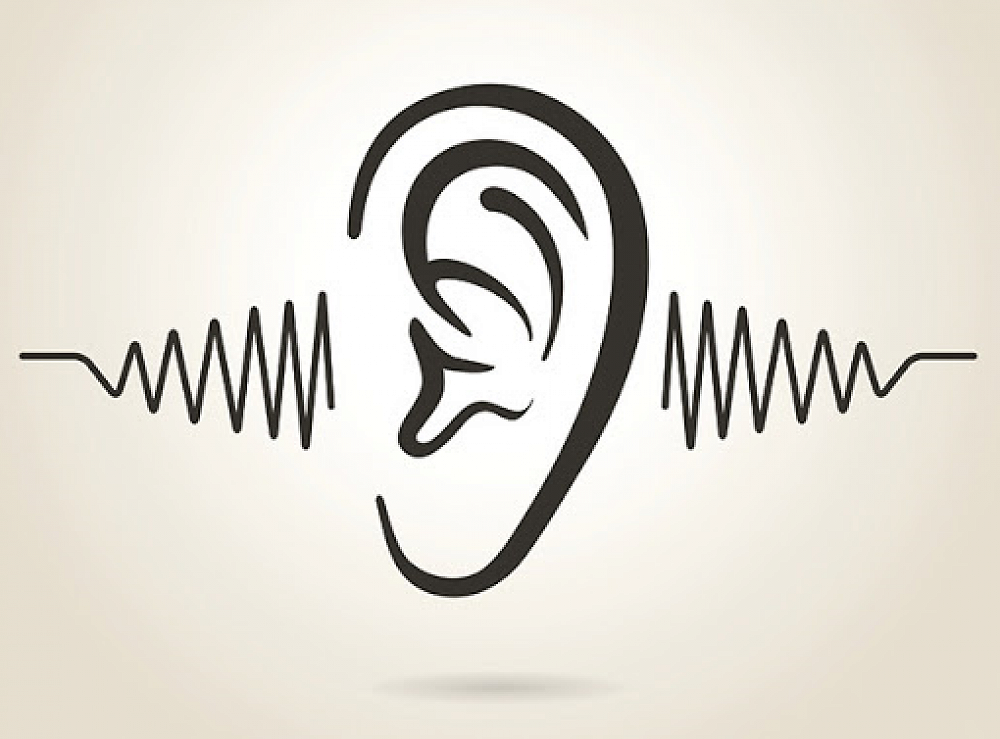
Hearing Screening Programme
Globally, 1 in 5 teenagers have a hearing loss and this number is predicted to double over the next 30 years.
To combat this, National Foundation for the Deaf and Hard of Hearing launched a Hearing Screening Programme, which provides free hearing screenings at selected secondary schools throughout New Zealand.
We are working hard to ensure youth hearing loss is being picked up, as early as possible, and that students can access the support services they need so that their hearing loss doesn’t hold them back at school or as they transition into their first job.
The hearing screening results will also form part of a five-year tracking and monitoring programme, which will provide essential data on youth hearing prevalence rates in New Zealand.
A major factor in youth hearing loss is ongoing exposure to loud noises, such as listening to personal devices on headphones too loudly and for too long.
Here in New Zealand, we are also starting to see alarming levels of youth hearing loss and our initial hearing screenings at two secondary schools indicate that our youth hearing loss rates could be mirroring global trends.
Noise-induced hearing loss is irreversible, and completely preventable. To ensure young people are aware of the risks, we are developing a programme that focuses on educating young people about noise-induced hearing loss and how to protect their precious hearing. This programme is currently under development and will be available in 2020.
In 2020, Burnside High School will be participating in the National Foundation for the Deaf and Hard of Hearing (NDFHH) Youth Programme. NFDHH will collate data and provide free hearing screening checks for all Year 9 students. The NFDHH will use the data gained from the screening for their monitoring and tracking project. The project is to help them understand the prevalence of hearing loss in young NZers. As part of this programme, NFDHH also offers a Youth Apprenticeships for youths (aged 18-24) with a hearing loss.
About hearing screening
The hearing screenings will take place in a quiet room, by trained staff at BHS during school hours the week of 20th to 24th July 2020.
Permission
To provide consent for your son/daughter/student to participate, please click the link below:
https://cutt.ly/BHS_Year9_Hearing_2020
In doing so you agree to the following:
- That you give permission for your son/daughter/student, to be part of the National Foundation for the Deaf Youth Programme.
- You understand that they will have their hearing screened at Burnside High School during the week of 20th to 24th July 2020
- That the results of the screening will be sent to parents and retained on the medical section of their Burnside High School personal record.
- That the provider “Fit for Work” are legally required to store health data within their system for 10 years.
What happens during a hearing screening? And what is the difference between hearing tests – screening vs diagnostic tests?
If a problem is identified, it will be recommended that your child go on to have a full diagnostic hearing test.
While screening tests are simple, they are not thorough which can mean some hearing problems may be missed. If you have concerns about your child’s hearing you should take your child to have a full diagnostic hearing test, even if you have had a normal hearing screening test.
Screening tests
- May identify a hearing loss
- May be performed in an environment that is not certified or sound-treated i.e. GP clinic rooms, office, quite room
- Testing will be brief (no more than 15 minutes) and at least four frequencies will be tested (usually 500 Hz, 1000 Hz, 2000 Hz, 4000 Hz)
(May not be performed by an Audiologist/Audiometrist)
Full diagnostic hearing tests
- Identify hearing loss and ascertain the nature of the hearing loss, whether it is permanent (sensorineural) or potentially treatable (conductive).
- Can be used effectively for treatment e.g. with hearing aid rehabilitation or for consideration of surgery or medication
- Are performed in a certified, sound treated environment: a whole room or a sound-treated booth
- Testing may take up to an hour to perform
- There are five different tests in an initial diagnostic hearing assessment: air conduction, bone conduction, speech testing, tympanometry and acoustic reflex testing. They assess the function of the hearing pathway and some of the processing of sounds
(They are performed by a qualified Audiologist/Audiometrist)
For a full diagnostic hearing test always request to see a member of the New Zealand Audiological Society. These Audiologists and Audiometrists will have MNZAS or MNZAS (Audiometrist) after their name. - New Zealand Audiological Society.
About the National Foundation for the Deaf and Hard of Hearing
The National Foundation for the Deaf and Hard of Hearing draws the community together to prevent hearing loss and improve the lives and futures of people who are deaf or hard of hearing. For more information: www.nfd.org.nz.
Ngā mihi
Sally-Ann Goodman
Deputy Principal
Gallery
